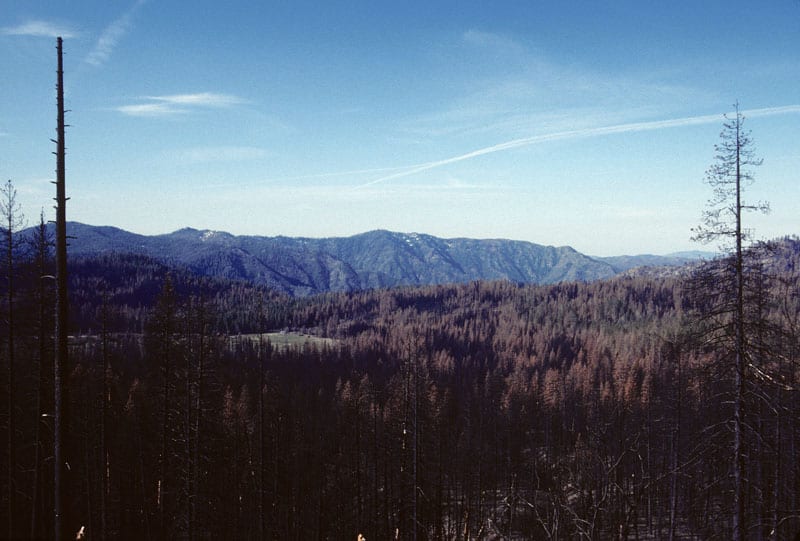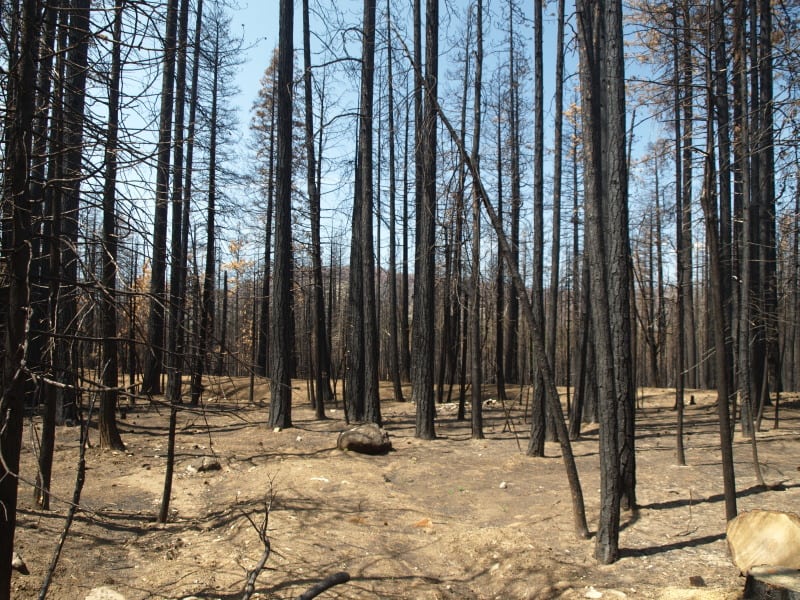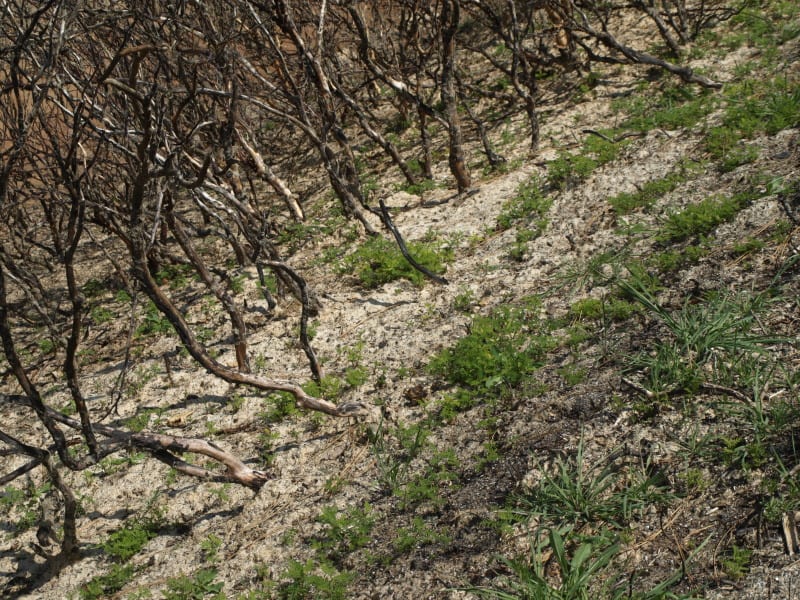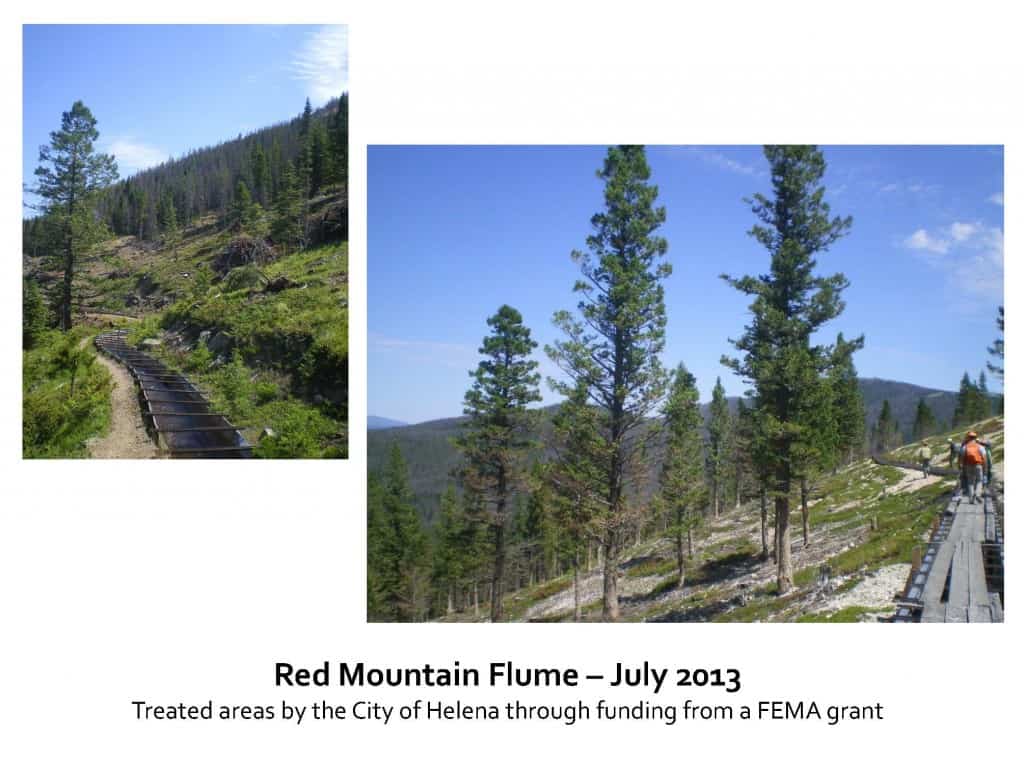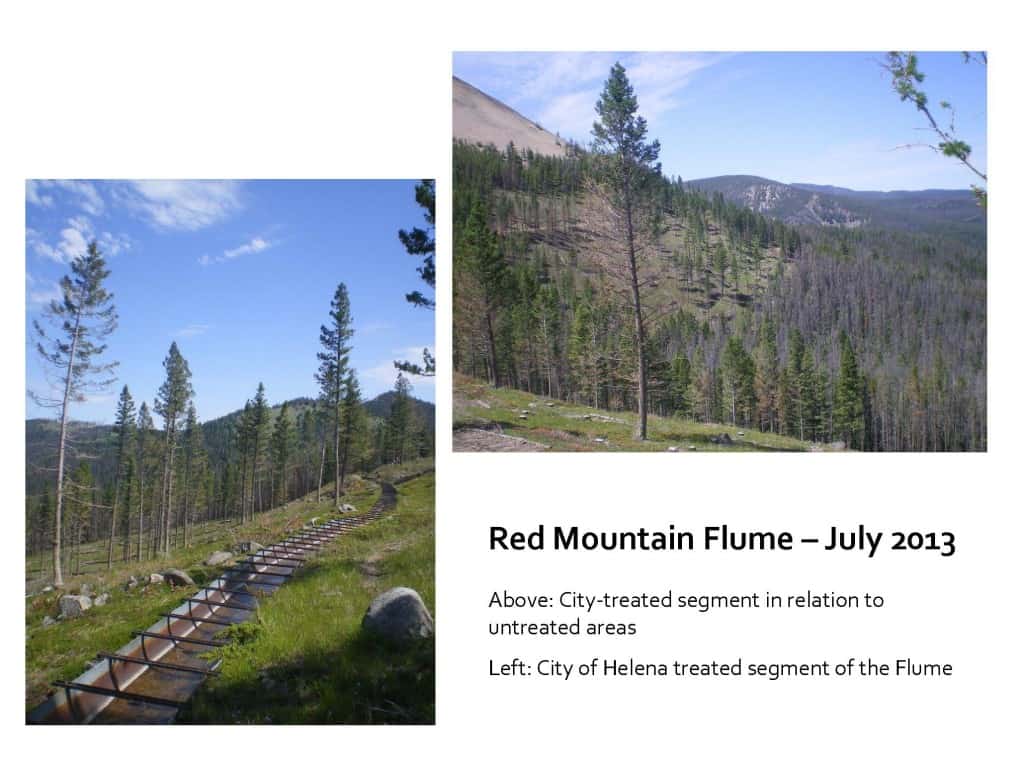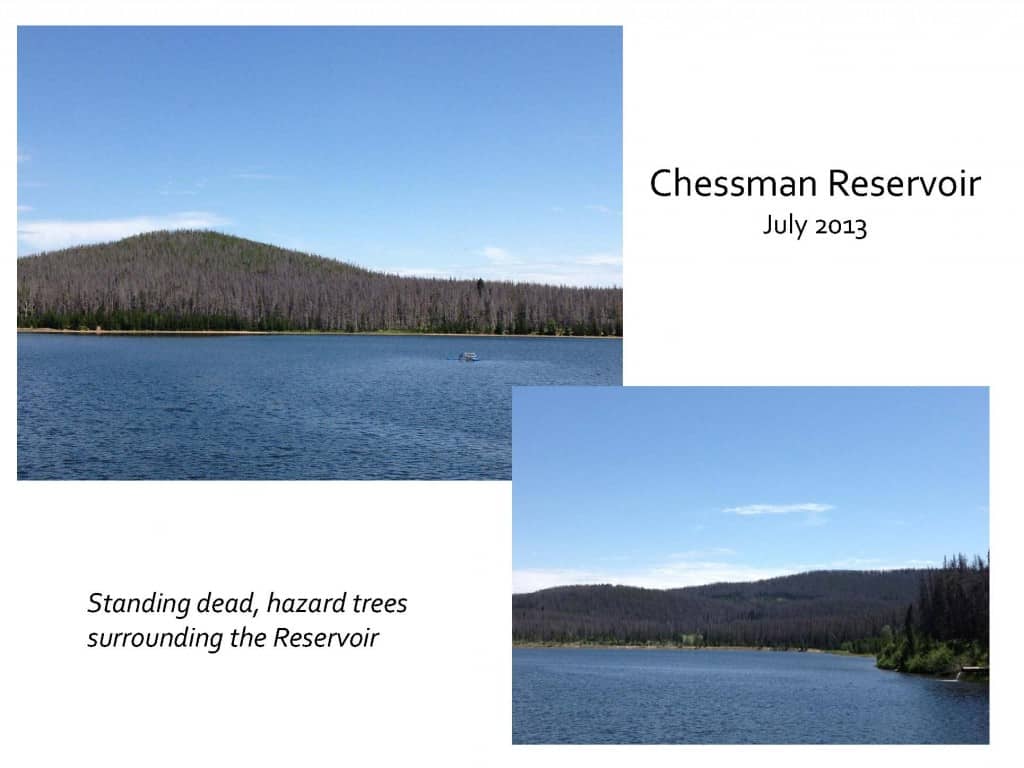I am willing to upload the court documents cited here if someone wants them.. I would be willing to upload them all anyway, if someone would help me work through my issues with Google docs. Better yet, if the FS would just post them themselves :)…Maybe a reader with a good relationship with their Congressional office could dash off a letter?
1. Wildlife ǀ Region 4
Court Dismisses Challenge to the Idaho Department of Fish and Game’s Wolf Control Activities in the Frank Church River of No Return Wilderness on the Payette National Forest in Maughan v. Vilsack. On August 27, 2014, the United States District Court for the District of Idaho dismissed the case without prejudice upon reviewing the parties’ Stipulation of Voluntary Dismissal. The case arose from Plaintiffs, Ralph Maughan (private citizen), Defenders of Wildlife, Wilderness Watch, and Center for Biological Diversity’s challenge of the Idaho Department of Fish and Game’s wolf control activities carried out during the winter of 2013 in the Frank Church River of No Return Wilderness on the Payette National Forest. (14-00007, D. Idaho)
2. Forest Management ǀ Region 1
Court Lifts Injunction of the Pilgrim Creek Timber Sale on the Kootenai National Forest in Alliance for the Wild Rockies v. Bradford. On August 28, 2014, the United States District Court for the District of Montana, finding that the Forest Service had addressed violations identified in its June 30, 2014 order through a Clarification/Amendment of the Record of Decision (stating that all new permanent roads constructed for the project will be closed with a permanent closure device consistent with the Grizzly Bear Access Amendment and Kootenai Forest Plan), lifted its injunction against the Pilgrim Creek Timber Sale on the Kootenai National Forest. (13-00199, D. Mont.)
Litigation Update
1. Travel Management ǀ Rehearing En Banc ǀ Region 10
Ninth Circuit Grants Appellant’s Petition for Rehearing En Banc in Organized Village of Kake v. USDA. On August 29, 2014 the United States Court of Appeals for the Ninth Circuit voted to rehear the case en banc. On March 26, 2014, the Court had ruled favorably for the Forest Service in the case which challenged the Tongass Exemption to the 2001 Roadless Rule. In the March ruling the Court stated, “The panel reversed the district court’s order, which invalidated a 2003 United States Department of Agriculture regulation temporarily exempting the Tongass National Forest in Alaska from application of the 2001 Roadless Area Conservation Rule. The panel held that in its 2003 Record of Decision, the Department of Agriculture articulated a number of legitimate grounds for temporarily exempting the Tongass Forest from the 2001 Roadless Rule. The panel concluded that these grounds and the Department of Agriculture’s reasoning in reaching its decision were neither arbitrary nor capricious. The panel remanded to the district court to decide whether a Supplemental Environmental Impact Statement is required in the first instance.” (11-35517, 9th Cir.)
New Cases
1. Tongass Plan Amendment ǀ Wildlife ǀ Region 10
Plaintiffs Challenge the 2008 Amendment to the Tongass National Forest Plan in Southeast Alaska Conservation Council v. United States Forest Service. On August 22, 2014, Plaintiffs, Southeast Alaska Conservation Council, Sierra Club, Natural Resources Defense Council, and Alaska Wilderness League, filed suit in the United States District Court for the District of Alaska alleging that the 2008 Amendment to the Tongass National Forest Land and Management Plan is in violation of NFMA, NEPA, and the APA. On NFMA, Plaintiffs claim that in applying the deer habitat capability provision as a guideline rather than a standard, there is no support in the record for the Forest Service’s conclusion that the 2008 Plan Amendment will have a high likelihood of maintaining viable wolf populations. On NEPA, Plaintiffs claim that the 2008 Plan Amendment FEIS contains misleading information and fails to adequately disclose the impacts of the amendment. (14-14, D. Alaska)
2. Forest Management ǀ Region 10
Plaintiffs Challenge the Big Thorne Timber Sale on the Tongass National Forest in Southeast Alaska Conservation Council v. United States Forest Service. On August 22, 2014, Plaintiffs, Southeast Alaska Conservation Council, Alaska Wilderness League, and Sierra Club filed suit in the United States District Court for the District of Alaska challenging the Big Thorn Timber Sale on the Tongass National Forest. Plaintiffs allege: (1) that the Forest Service approved an unnecessarily large timber sale based on erroneous projections of market demand in violation of NFMA, MUSYA, and the Tongass Timber Reform Act; (2) the Project’s EIS contains misleading information regarding the market demand for timber and that the Forest Service’s erroneous market demand projections caused the Agency to neglect smaller volume alternatives in violation of NEPA; (3) the Forest Service’s approval of the Project based on significant errors in projecting market demand will cause unnecessary harm to subsistence users in violation of ANILCA; (4) that the Forest Service failed include updated wolf population information in the EIS in violation of NEPA; (5) that the Forest Service failed to explain why isolated areas outside of the Project area will meet the Tongass Forest Plan’s standard and guideline to provide for sustainable wolf populations in violation of NFMA. (14-13, D. Alaska)
3. Forest Management ǀ Region 10
Plaintiffs Challenge the Big Thorne Timber Sale on the Tongass National Forest in Cascadia Wildlands v. Cole. On August 26, 2014, Plaintiffs, Cascadia Wildlands, Greater Alaska Conservation Community, Greenpeace, Center for Biological Diversity, and The Boat Company filed suit in the United States Court for the District of Alaska challenging the Big Thorne Timber Sale on the Tongass National Forest. Plaintiffs allege: (1) that the Project fails to comply with the wildlife viability requirements of the 2008 Tongass Forest Plan Amendment in violation of NFMA; (2) that the Project EIS failed to disclose information on the direct, indirect, and cumulative effects on the viability of Alexander Archipelago wolves in violation of NEPA; (3) that the Forest Service failed to prepare a supplemental EIS to address highly uncertain and controversial findings regarding the Project’s potential impacts on wolves; (4) the Standards and Guidelines of the 2008 Tongass Forest Plan Amendment fail to ensure viable populations of the Alexander Archipelago wolf in violation of NFMA. (14-15 D. Alaska)

